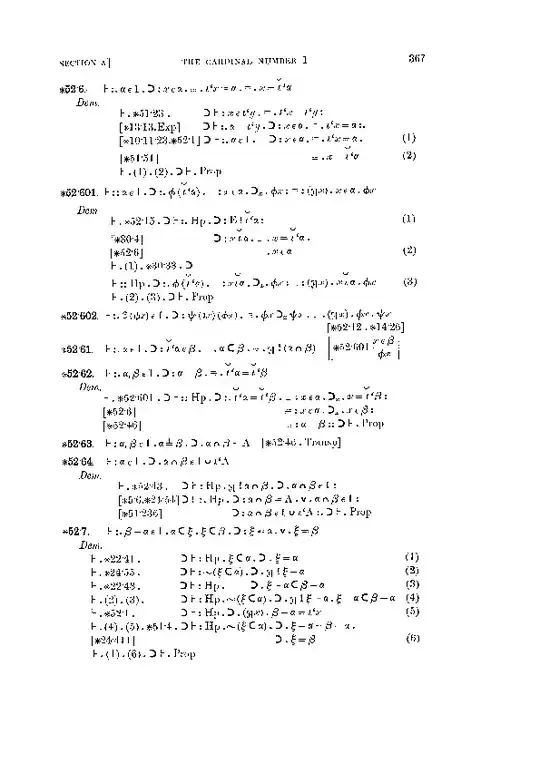The online version of the closing entry of Reports of the Midwest Category Seminar IV (1970, Springer LNM 137) costs $29.95 so I decided to place a transcript here.
CATEGORICALLY, THE FINAL EXAMINATION
------------- ---------------------
FOR THE
SUMMER INSTITUTE AT BOWDOIN COLLEGE (Maine) 1969
'I thought I saw a garden door that opened with a key,
I looked again and found it was a Double Rule of Three,
And all its mysteries, I said, are plain as day to me.'
(Verse by the true founder of
Category Theory)
Important Instruction: This is a take-home exam:
--------------------- Do not bring it back!
Answer as many as possible at a time.
1. Are foundations necessary? To put it another way, given a
chance, wouldn't Mathematics float?
2. Describe the category of foundations. Is this a concrete cate-
gory? A re-enforced concrete category?
3. Discuss the relations and limitations of the foundations set
forth by:
a) Frege-Russell
b) Bernays-Gödel
c) Playtex.
4. (Mac Lane's Theorem) Prove that every diagram commutes.
5. Considering a left-adjoint as male and a right adjoint as female,
give the correct term for a contravariant functor self-adjoint
on the right.
6. Considering a left-adjoint as husband and right-adjoint as
wife, give a precise definition of "marital relations". Do the
same for the pre-adjoint situation.
7. Discuss the Freudian significance of exact sequences. (Hint:
consider the fulfillment by one arrow of the kernel of the next.)
8. Find two new errors in Freyd's "Abelian Categories".
--- ===
9. Trace the origin of the Monads-Triads-Triples controversy to the
important paper of St. Augustine.
10. Using theorems from both Freyd and Mitchell, prove that every
reflective category is co-reflective. Dualize.
11. Give your opinion of the following exercises:
a) Ten pushouts
b) Twenty laps around an adjoint triangle
c) Two supernatural transformations.
12. Write out at least one verse of
a) "Little Arrows"
b) "Doing What Comes Naturally"
c) "Hom on the Range"
13. Why is the identity functor on 2 called the "Mother Functor"?
-
14. Write down the evident diagram, apply the obvious argument, and
obtain the usual result. (If you can't do it, you're not
looking at it hard enough, or, perhaps, too hard.)
Phreilambud
PS
After some controversy in comments I just googled for "who is phreilambud" and found this:
Date: Mon, 3 Oct 2005 11:58:38 -0400 (EDT)
From: Peter Freyd <pjf@saul.cis.upenn.edu>
To: categories@mta.ca
Subject: categories: Re: Phreilambud at Bowdoin 1969
``Phreilambud'' was written by me, a young student named Lambert who
disappeared, I think, from mathematics and David Eisenbud, now paying
for his sins as head of MSRI (Berkeley).
Peter
PPS Another thing that came to my mind, although not exactly what the question asks for but closely related to the above. Jack Duskin once told me that after one of his talks on simplicial sets, with the blackboard full of dozens of parallel bunches of arrows sticking in all directions behind him, somebody in the audience warned him of the high risk of sharing the fate of St. Sebastian.
